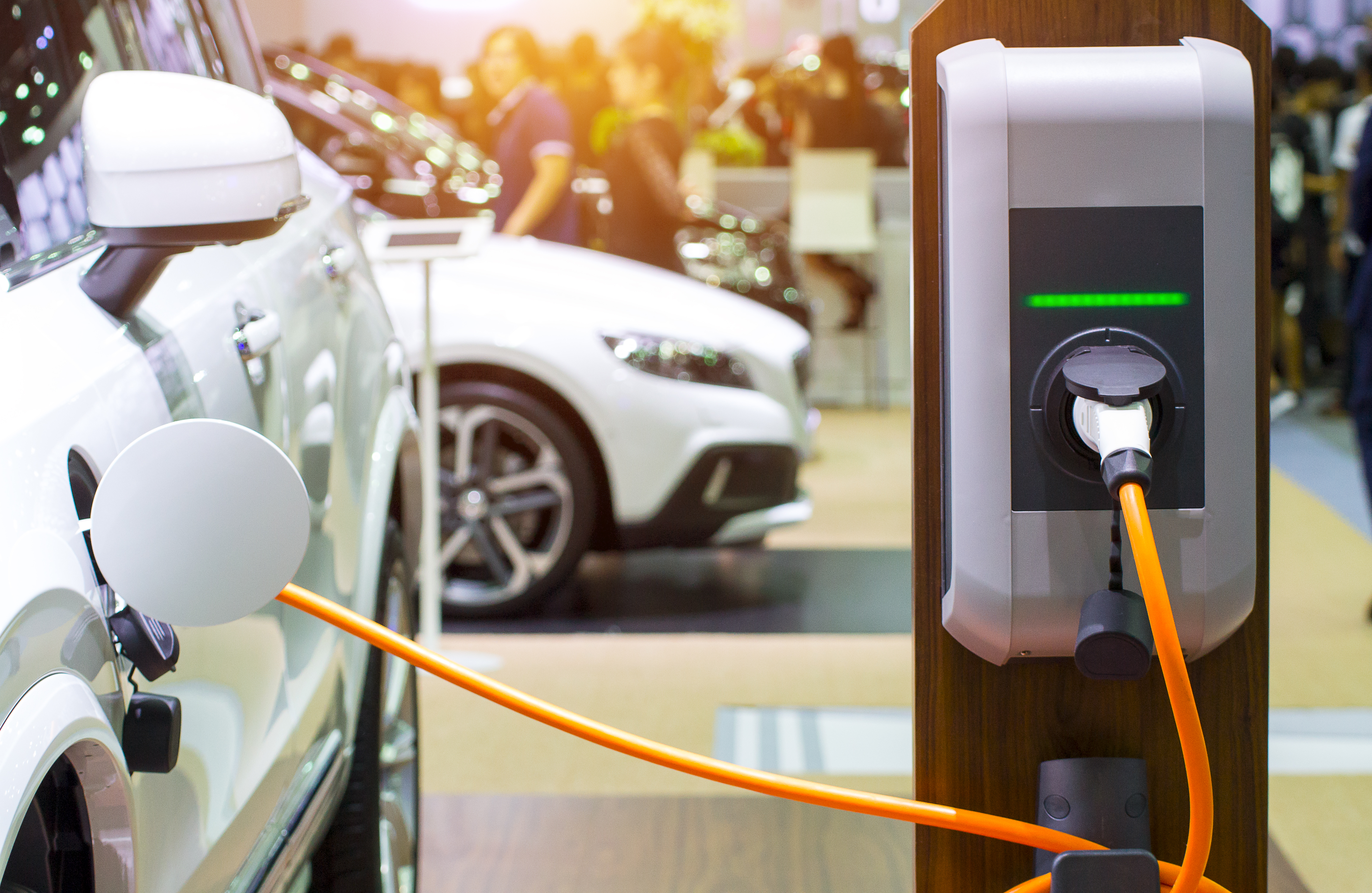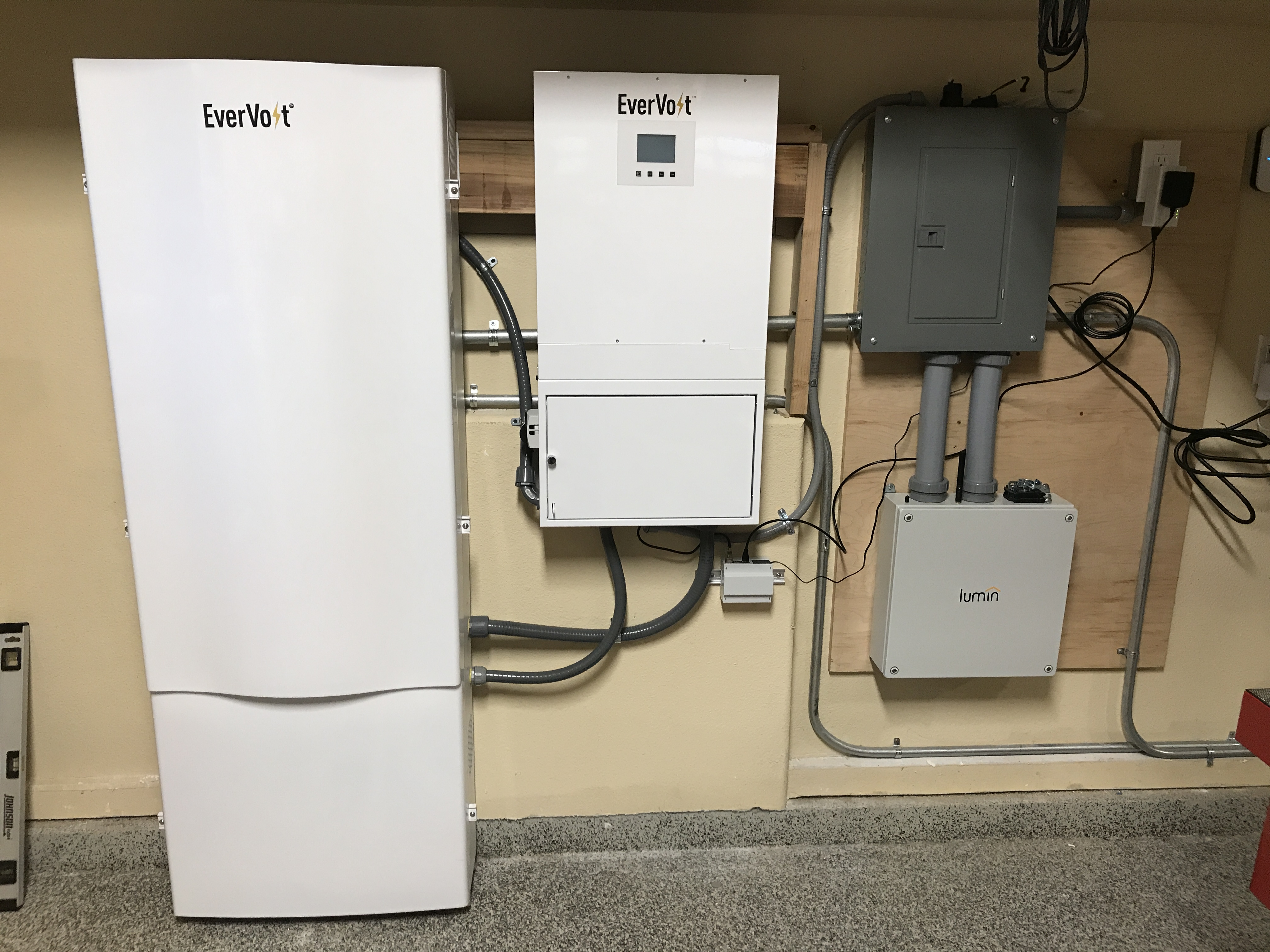Energy storage is quickly becoming a desired home appliance. From hardware and tech to brands and power output, Greentech Media offers its top solar and storage solar trends for 2020. Ready to join the solar movement? Start your journey with Panasonic's Total Home Energy System.
The solar-plus-storage market is evolving rapidly and will look completely different a decade down the road. What can we expect on the way to 2030? Here are 10 predictions.
All-in-one systems will be the new normal
1. Lots of storage.
Batteries will be incentivized or mandated for practically every new solar PV system across the U.S. by 2025. As more home and business owners deploy PV systems to reduce their electricity bills and ensure backup power, simple net metering will increasingly be replaced by time-of-use rates and other billing mechanisms that aim to align power prices with utility costs. We already see these trends in California and several states in the Northeast.
2. System costs will increase with the shift toward batteries.
Solar systems with batteries are going to be about twice as expensive as traditional grid-direct installations, so in that sense, we will see actual costs increase as the mix shifts toward batteries. But while system costs will go up, we need to be careful to parse the actual equipment and soft costs from the consumer's cost net of tax credits and incentives. Equipment costs for batteries and other hardware are generally flat to down slightly.
3. More battery and inverter packages from the same brand.
Since the battery represents the dominant cost in an energy storage system (ESS), inverter companies will increasingly offer branded batteries. In turn, inverter companies packaging third-party batteries will eventually make way for savvy battery companies who can package the whole system.
4. Energy storage systems treated like heat pumps and air conditioners.
California's new Title 21 requirements make solar PV systems standard issue, and we can expect a future update to do the same for energy storage. By then, builders will be able to choose the energy storage system line they want to work with, and the whole process will look almost exactly like it does for home mechanical appliances like water heaters and HVAC systems. The only question will be whether the ESS is packaged with solar panels or kept separate.
Standards will evolve
5. Reputation will matter. A lot.
The lack of meaningful industry metrics in energy storage creates an environment where branding and reputation become important, since users have little information beyond messaging and word of mouth. Long-term, this will create a barrier to entry for new battery startups, so expect fewer total players once a handful of brands emerge as high-confidence choices.
6. New safety standards and code requirements catch up to technology.
Last October, the National Fire Protection Association published the first edition of NFPA 855, which establishes an industry-wide safety standard for energy storage systems. Test standards, including UL 9540, and UL 9540A, as well as building and electrical codes, such as the National Electrical Code (NEC/NFPA 70), International Residential Code (IRC) and International Fire Code (IFC), are already being updated to harmonize with NFPA 855.
The upshot is that kWh capacity limits, siting, and protective equipment requirements are becoming standardized and more accessible for both installers and inspectors to understand and apply.
All things will remain technical
7. Real automation and optimization software will outpace flashy interfaces.
Third-party owners have specific PV fleet-management needs and often have proprietary software that their ESS needs to interface with daily. IEEE 2030.5 and related standards will help facilitate this need. Local installers have little in the way of hard requirements, but they and their customers will expect systems to be easy to install and operate.
In the long term, we'll see real automation and optimization rather than the data-palooza common today. Many interfaces report too much data, and simplifying systems to hide irrelevant data will be necessary to avoid alienating the more mainstream consumers.
8. Still waiting for vehicle-to-grid.
While "V2G" is not primarily a technical challenge, some OEMs like Nissan and Honda have made significant headway. The challenge is more procedural than technical. V2G applications will take off when vehicle manufacturers and interface providers come to terms with how and when an electric vehicle's battery is used for grid services or backup, and how that impacts the EV's warranty.
There's also a consumer confidence problem to overcome, especially for those relying solely on their EV for transportation. We're more likely to see "second life" EV batteries repackaged for stationary storage – which is much easier to manage than trying to use the battery in the car.
9. AC and DC coupling both around for the foreseeable future.
Given the latest National Electrical Code (NEC) requirements for rapid shutdown, as well as the fact that module-level systems (i.e. Enphase and SolarEdge) represent the majority of installed systems, AC coupling is the clear choice for existing system owners to add batteries.
AC coupling will enjoy at least a temporary boom in popularity as people with existing PV systems seek to add storage. However, most advantages of AC coupling are for retrofits, and the majority of new systems will enjoy lower costs and better performance via DC coupling. DC coupling is arguably going to become more dominant once the PV-only retrofit market is saturated.
10. Battery pack voltage will increase dramatically.
A century of lead-acid battery dominance has entrenched 48 VDC as the standard battery system voltage. Systems with voltages up to 1,000 VDC are deployed using standard lead-acid cells, but it is only practical for engineered commercial & industrial (C&I) or utility systems.
The Ohm's Law tradeoff between current and voltage pushed the EV industry, which needs to reduce weight and cost everywhere they can, to quickly migrate to high-voltage battery packs using 3- to 4-VDC lithium-ion cells. Similarly, the stationary energy storage industry is adopting higher-voltage battery packs to reduce the cost of battery inverters. Since conductor losses increase and decrease exponentially with current, higher battery voltages also enable better system efficiency.
The decade of the 2020s will ring in the age of mass solar + storage solution deployment, allowing businesses and residents to tap into renewables more efficiently, protect against outages, save money and live more sustainably.
Paul Dailey is director of product and market strategy at OutBack Power, a Washington state-based provider of solar and storage systems.
This article was written by info@greentechmedia.com from Greentech Media and was legally licensed through the NewsCred publisher network. Please direct all licensing questions to legal@newscred.com.







